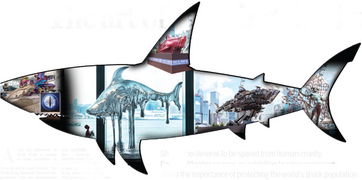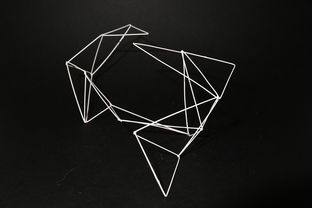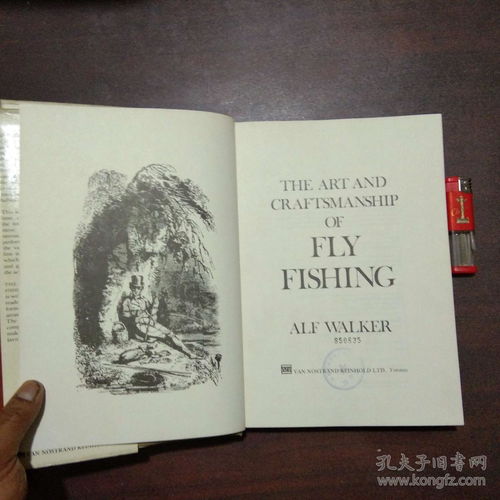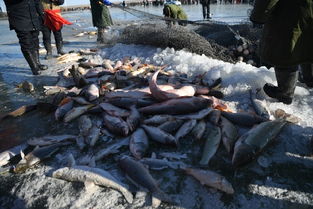Introduction: Sea fishing is an exciting and rewarding hobby that allows enthusiasts to connect with nature and enjoy the thrill of catching fish. However, when it comes to fishing in ponds, the techniques differ slightly from traditional sea fishing. In this article, we will delve into the art of sea fishing and provide you with valuable tips and tricks to improve your chances of catching pond fish.
Choose the Right Equipment: To start with, it is crucial to have the right equipment for pond fishing. Here are some essential items you should consider:
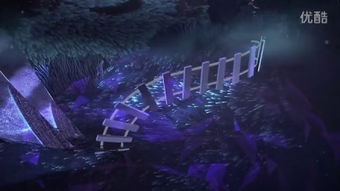
a. Rod and Reel: Opt for a lightweight rod and reel combination suitable for pond fishing. A spinning rod is often recommended for its versatility and ease of use.
b. Line: Use a monofilament line with a breaking strain of 6-10 pounds. This will provide enough strength to handle most pond fish while being flexible enough to avoid snags.
c. Hooks: Select small hooks that match the size of the bait you plan to use. For instance, if you are fishing for small fish like carp or roach, use size 10-14 hooks.
d. Lures and Baits: Pond fish can be attracted to a variety of lures and baits. Live bait, such as worms or maggots, is often effective. Artificial lures like spinners or poppers can also be used to entice fish.
Understand the Pond Environment: To catch pond fish, it is essential to understand the pond's environment and the behavior of the fish you are targeting. Here are some key points to consider:
a. Fish Habitat: Ponds typically have different areas where fish prefer to stay. Look for shallow areas with weed beds, lily pads, or submerged logs, as these areas often hold fish.
b. Feeding Patterns: Fish in ponds tend to be more active during the early morning and late evening. This is when they are most likely to feed. Plan your fishing sessions accordingly.
c. Weather Conditions: Fish are more active on overcast days or during mild weather conditions. Try to avoid fishing on hot, sunny days as fish may be less inclined to feed.
Presenting Your Bait: The way you present your bait can significantly impact your chances of catching pond fish. Here are some effective techniques:
a. Dead Bait: If you are using live bait, ensure it is presented naturally. Let it swim or fall gently to the bottom to mimic real prey.
b. Artificial Lures: When using artificial lures, retrieve them in a way that mimics the natural movement of the fish's prey. For example, a spinner can be retrieved with a steady, slow retrieve, while a popper can be worked with short, sharp twitches.
c. Still Fishing: Sometimes, the simplest approach is the most effective. If you are using a static bait like a worm, let it sit on the bottom for a while before slowly retrieving it.
Patience and Persistence: Sea fishing in ponds requires patience and persistence. Fish may not bite immediately, so it is crucial to remain calm and focused. Here are some tips to help you stay motivated:
a. Keep a journal: Record your fishing trips, noting the conditions, baits used, and the fish caught. This will help you analyze what works and what doesn't.
b. Try different techniques: Experiment with various lures, baits, and fishing methods to see what works best for the specific pond and fish species.
c. Learn from experienced anglers: Seek advice from more experienced pond fishers. They can provide valuable insights and tips that will help you improve your skills.
Conclusion: Sea fishing in ponds can be a delightful and rewarding experience. By understanding the pond environment, choosing the right equipment, and employing effective techniques, you can increase your chances of catching pond fish. Remember to be patient and persistent, and always enjoy the beauty and tranquility of nature. Happy fishing!
